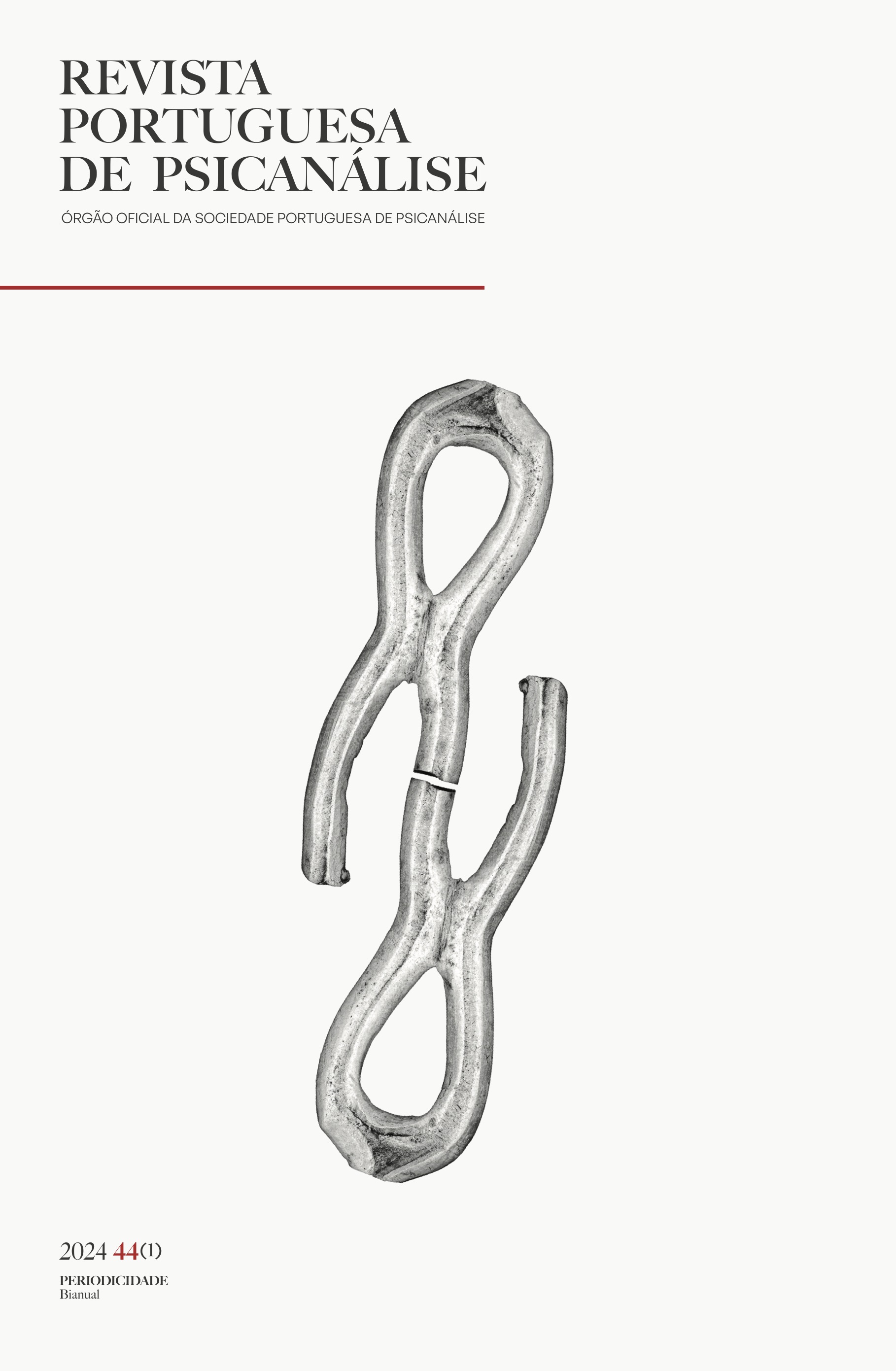La Complexite du Rire Humain: Une Approche Pluridisciplinaire

Abstract
The Complexity of Human Laughter: A Multidisciplinary Approach
It is often said that laughter is, on the one hand, exclusive to man and, on the other, that it expresses joy and pleasure; finally, that it is an automatic and reflex behaviour. This all reflects a fundamental misunderstanding of its complexity, which can only be explored following a multi- and interdisciplinary approach, including biological, psychological and historical-sociocultural dimensions.
Thus, with ethology, we approach the phenomenology of laughter, its ontogenesis and phylogenesis, factors of its historicity. Following this, with psychology, psychoanalysis and neurology in particular, we explore the external and internal causalities that contribute to the triggering and production of laughter in its complexity. Three aspects are distinguished: the psychological, with its unconscious cognitive and psycho-affective components, the cerebral and its locomotor realisation.
Finally, a socio-anthropological approach to laughter is considered. Based on historical and ethnographic facts, an original representation of the relationship between laughter and the laughable is developed, forming a "laughable-laughable" communication system. Laughter would then occupy an intermediate position between this system of risible communication and that of emotional, individual and social expressions. This system includes, in particular, certain psychological and social functions.
Keywords
laughter, man, complexity, multidisciplinary
Author Biography
Éric Smadja
Psiquiatra, Psicanalista (adultos e casais), Membro da Sociedade Psicanalítica de Paris (SPP) e da Associação Psicanalítica Internacional (IPA), Antropólogo e Membro Associado da Associação Americana de Antropologia.
References
- Aimard, P. (1988). Les bébés de l’humour. Mardaga.
- Bariaud, F. (1983). La genèse de l’humour chez le jeune enfant. Puf.
- Bergeret, J. (1973). Pour une métapsychologie de l’humour. Revue française de psychanalyse, 37(4), 539–565.
- Darwin, C. (1981). L’expression des émotions chez l’homme et les animaux. Complexe. (Original publié en 1872.)
- Eibl-Eibesfeldt, I. (1976). L’homme programmé. Flammarion.
- Ekman, P. (1980). L’expression des émotions. La Recherche, 117, 1408–1415. Freud, S. (1988). Le mot d’esprit et sa relation à l’inconscient. Gallimard. (Original publié en 1905).
- Freud, S. (1994). L’humour. OCF.P, XVIII. Puf. (Original publié en 1927.) Guillaumin, J. (1973). Freud entre les deux topiques, le comique après « l’humour » (1927), une oeuvre inachevée. Revue française de psychanalyse, 37(4), 607–654.
- Kris, E. (1978). Psychanalyse de l’art. Puf.
- Mauss, M. (1950). « Les Techniques du corps » in Sociologie et anthropologie. Puf. (Original publié en 1936.)
- Rubinstein, H. (1983). La psychosomatique du rire. Robert Laffont.
- Shannon, C. E. & Weaver, W. (1988). The Mathematical Theory of Communication. Champaign IL : University of Illinois Press. (Original publié en 1975.)
- Soulé, M., Golse, B., Kreisler, L., Puyuelo, R. (1987). Bonjour Gaieté : la genèse du rire et de la gaieté chez le jeune enfant. ESF.
- Van Hooff, J. A. R. A. M. (1972). « A Comparative Approach to the Phylogeny of Laughter and Smiling » in Nonverbal Communication. Cambridge University Press.
- Winnicott, D. W. (1975). Jeu et réalité. Gallimard.